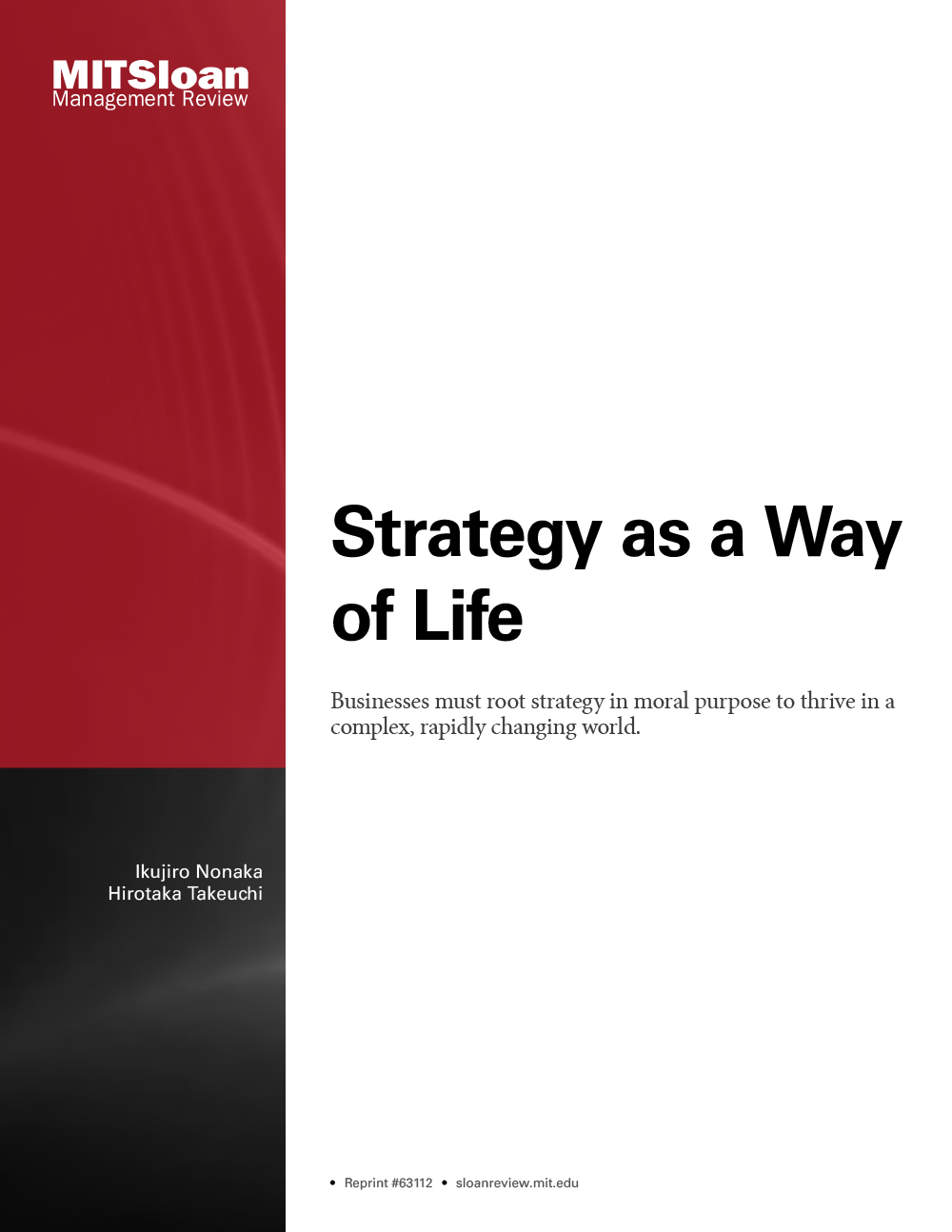
Choosing the Right Eco-Label for Your Product
When consumers look for sustainably-grown fish or organic coffee or environmentally-friendly cleaning products, they face a dilemma: lots of eco-labels, and dizzying information about the quality controls behind them. Worldwide, there are now more than 435 eco-label programs in 197 countries and 25 industry sectors. And it’s not frustrating just for consumers: In 2009, Ecover, a Belgium-based manufacturer of cleaning products, boycotted the European Union Eco-label, saying that lax standards had allowed entry to subpar performers.
How can companies avoid betting on the wrong label? Authors Magali A. Delmas (UCLA Anderson School of Management), Nicholas Nairn-Birch (U.S. Environmental Protection Agency) and Michaela Balzarova (Lincoln University) detail a three-part framework for companies to use. The framework evaluates eco-labels along three dimensions: consumer understanding and awareness, consumer confidence and willingness to pay.
Among the authors' recommendations: Choose eco-labels with simple and clear messages to consumers (one example: the Energy Star label, which is a joint eco-label from the U.S. EPA and the Department of Energy). Favor multiproduct labels, which benefit from an increased visibility to consumers. Favor labels with endorsements from the government and large retailers. Ensure supply-chain availability.
Companies should also look for labels that emphasize increased quality. “Few consumers are willing to pay an eco-premium for a product without gaining some measure of private benefit,” write the authors. “Similarly, with certain goods, such as cleaning products, consumers may confuse or associate ecolabeling with poor product quality. It is therefore important to find an eco-label that emphasizes product quality alongside environmental virtue.”




